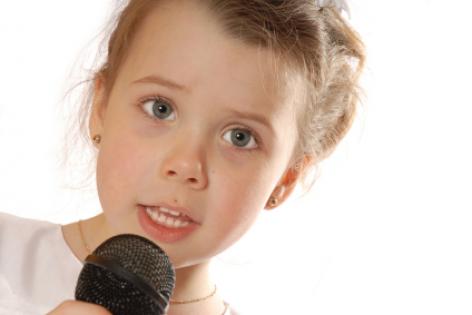I’ve written previously about how we sometimes don’t realise as adults just how ‘big’ school is in a child’s life, regardless of their age. We tend to remember it as something that was relatively easy compared with life after school but, for children, it is the sum of their experience.
I was reminded of this again on the weekend when my daughter came home feeling nervous and agitated about a school project which includes presenting on it at the end of the final term. Yes, it’s months away! The presentation before the entire class will account for one-quarter of the mark for the project which is, in itself about one-quarter of the grade for the year. So to her, this is a very big deal.
On everyday things, she is like most tween girls: talkative, bubbly, outgoing. She is a good student so I expect the quality of her project will be fine. But it occurred to me that I have probably been lax as a mother, and as a teacher, for not instilling greater confidence in her at the thought of speaking publicly. I know that many adults clam up when required to do such a thing, especially in front of audiences. I’ve even seen student teachers so terrified that they have given up the profession!
I pulled out the text books and thought I’d share them with you: how to help young people to become confident an effective public communicators.
Here are some fun and quirky activities you can do with your child, for free, to equip them with public speaking and communication skills. These exercises are mostly suitable for primary school age children but can also be used with older children in a more relaxed, family environment.
1. Observe the journey
While driving, walking or on public transport, ask your child to describe as much of their surroundings as they can within one minute. Get them to think about shapes, colours and what is happening. After multiple attempts over days/weeks your child will begin to speak more clearly and sharpen their observation skills which are essential for speaking well.
2. Word replacement game
This can be hilarious – well it seemed that way when I was at uni! It helps build your child’s ability to think on their feet, which is essential for presentation skills.
You need to prepare a little. First, think of the replacement word. This should be fun. I’ve always seen is done with “woof” (as in the noise a dog makes) but you can use other things such as “cheese” or “moo” or anything. Next, think of a topic for your child to speak about for 30 seconds, and then a word which is quite common, either relevant to the topic or everyday common. For example, if you make the topic ‘gardening’, the word might be ‘grass’ or ‘sun’ or ‘green’.
Every time the chosen word is to appear in their 30-second speech, it has to be replaced by the fun word. For example:
“I would have done the weeding on the weekend but the ‘woof’ wasn’t shining.”
3. Imaginary animal
Get a group of together. It might be the kids, your family or friends. Ask each group member to think of an animal and give them one minute to think of how they would describe that animal. Each member must then be questioned by the others on the size, colour(s), habitat and other attributes until they discover what animal it is.
The reason this is good is because it boosts your child’s confidence through responding to questions and relating to an audience as somebody with information that is unique to them.


















__small.png)










